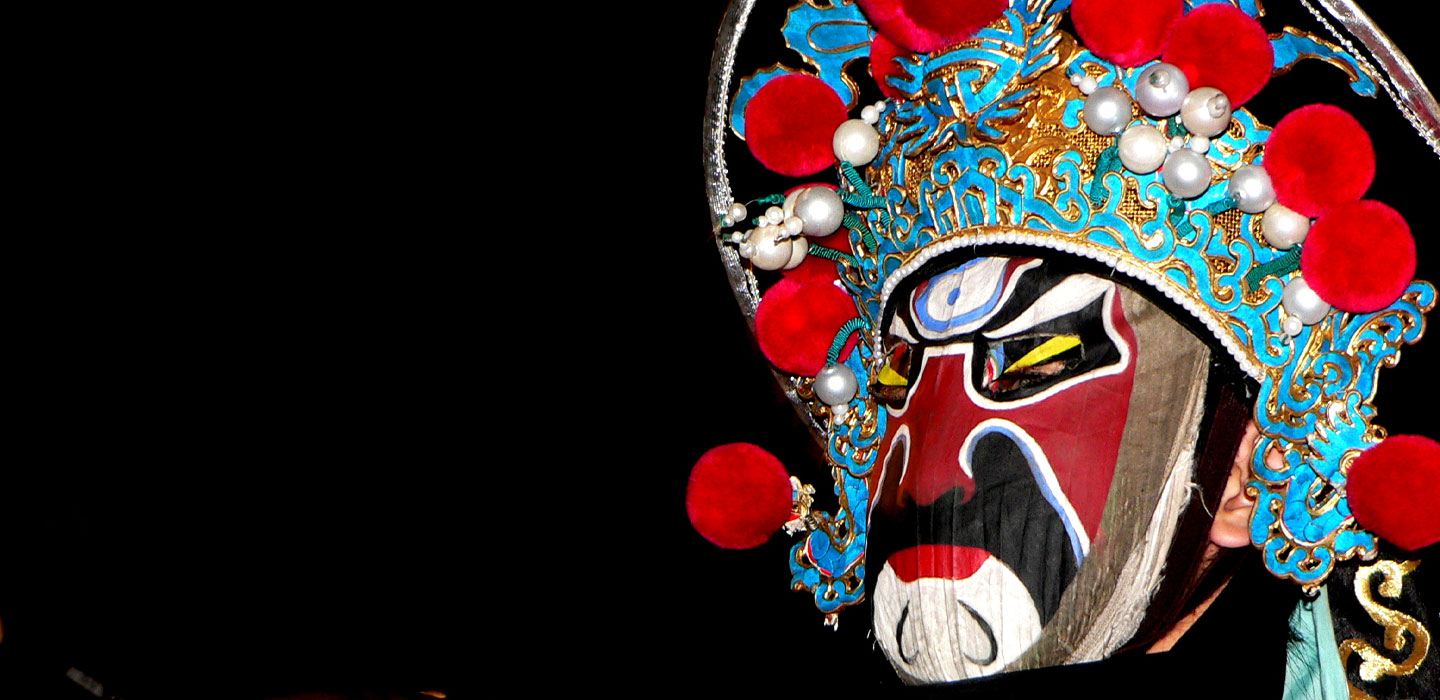
The Mystery and Mastery of Face Changing
Culture and Traditions
播放影片
Summary
What magical art is so rapid that even modern technology cannot capture its secrets? The 300-year-old art form of Face Changing, or Bian Lian, is a cultural heritage so important that it was once classified as a second-level state secret, but nowadays you can be entertained whilst enjoying delicious Hot Pot!
Script
The magic of Face Changing, or Bian Lian has been a closely-guarded secret passed down from father to son for around 300 years. Such was its cultural importance that it was named a “second-level state secret” by China’s Ministry of Culture in 1987.
My name is Tasmin Little, The China Current’s Cultural Contributor, sharing stories of music and the arts.
Wearing colorful costumes and ornate headdresses, performers skillfully change multiple masks in the blink of an eye. The most accomplished stars can change up to 10 masks in just twenty seconds, and as many as 25 changes can take place in a 4-minute song.
The different colors of the masks represent various emotions - the most common being red to represent loyalty, courage, and sincerity, white to denote cunning, black to symbolize firmness and honesty, and green to display brutality and despotism. The performances also often feature characters such as the famous monkey from the Classic Chinese Novel “Journey to the West”. Bian Lian performances traditionally take place either in a theater or in Tea Houses.
I spoke with Dr Shuai Zhao, an experienced Bian Lian performer, who explained that Face Changing began around 300 years ago during the Qing dynasty, as part of Sichuan opera. An important aspect of Sichuan cultural heritage, it was little known outside the region until around 30 years ago when its popularity rose dramatically. This may well have been because, in 1996, a film was made called “King of Masks”, telling the story of an aging street performer who passes on his skills of face-changing to an orphan. The film became highly popular in China. In addition, the famous hot pot restaurant chain, Hai Di Lao, began to add Face Changing to the entertainment provided for their diners, thus creating huge interest in the art form outside of the Sichuan province.
Because of the secrecy surrounding Bian Lian techniques, originally only the males within each family were allowed to learn the skill because it was believed that women would marry and pass on the precious secret to another family. However, in the 1990s, women began to practice the art form and nowadays it is also popular with non-Chinese performers in countries such as Japan, Malaysia, Singapore, and South Korea.
The most skillful and globally renowned Chinese master of Bian Lian is He Hong qing; a photographer once tried to record his secret process by setting the shutter speed on a camera to a two-hundredth of a second. But, no luck, He Hong qing was so fast that even the best technology could not capture the lightning quick moment of substitution.
There are 3 main ways that performers can switch their masks: by blowing dust to obscure the change, by using greasepaint which is dragged across the skin to alter the appearance, and the most complex of all: through distracting the audience with dance movements whilst rapidly manipulating a series of silk threads attached to various parts of the costume.
Whichever method is chosen, the performer will swiftly turn his head away, or use a fan, before revealing his new mask to the audience. Dr. Zhao explained that, in addition to strong neck muscles, the performers engage in rigorous body warm-up routines, a bit like an athlete preparing for a race.
It was a pleasure to chat with Dr. Zhao, and I promised I wouldn’t ask him to reveal any more secrets - sometimes it’s better to let the mystery work its magic!
